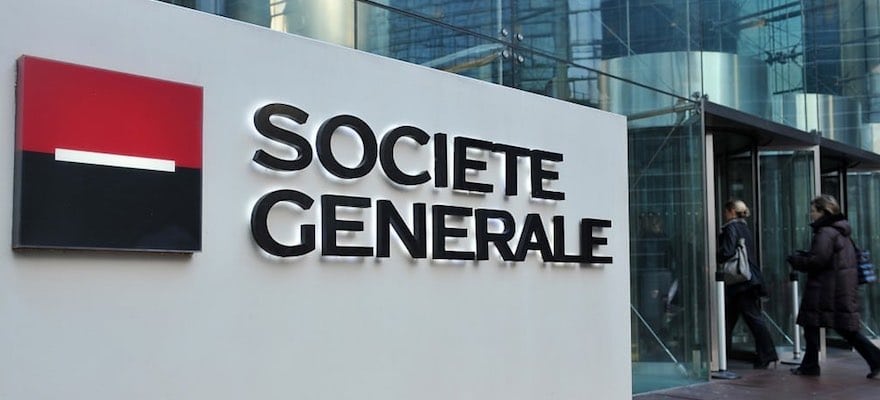QuadrigaCX - it’s the story that doesn’t seem to end and definitely doesn’t appear to be getting any better. The latest news to come out of the saga is from Ernst & Young, the appointed Monitor of the Canadian crypto Exchange , which revealed on February 12 that QuadrigaCX accidentally transferred nearly $500,000 in Bitcoin (BTC) to its cold wallets earlier this month.
For those of you not aware of the QuadrigaCX story, you could be forgiven for wondering why the exchange can’t simply transfer the BTC back. Unfortunately for the company, it’s not that simple.
As Finance Magnates previously covered in-depth, the QuadrigaCX story is a wild one, with many conspiracy theories surrounding the exchange. Troubles for the company started back in early 2018 but were further enhanced following the sudden death of its Chief Executive Officer (CEO), Gerald Cotten, who passed away on December 9, 2018.
A significant amount of the exchange’s cryptocurrency reserves are locked inside of cold wallets. When Cotten passed away, he took with him the only way to access these unhackable offline storage units as he was solely responsible for the wallets and corresponding keys. Now, as much as $190 million is reportedly at large and users haven’t been able to withdraw their money for months.
Previously, QuadrigaCX appointed Ernst & Young, one of the “Big Four” audit companies, as an independent third party to monitor the proceedings in a creditor protection case granted by the Nova Scotia Supreme Court.
“On February 6, 2019, Quadriga inadvertently transferred 103 bitcoins valued at approximately $468,675 to Quadriga cold wallets which the Company is currently unable to access. The Monitor is working with Management to retrieve this cryptocurrency from the various cold wallets, if possible,” the report from Ernst & Young said.
Ernst & Young Seizes QuadrigaCX Electronic Devices
In the process of the audit, Ernst & Young has also taken possession of a number of Quadriga electronic devices, which were reportedly owned or used by the former CEO. This includes four laptops, four cell phones and three fully encrypted USB keys. The devices are in a rented safety deposit box by Ernst & Young, the auditor said in the report.

















